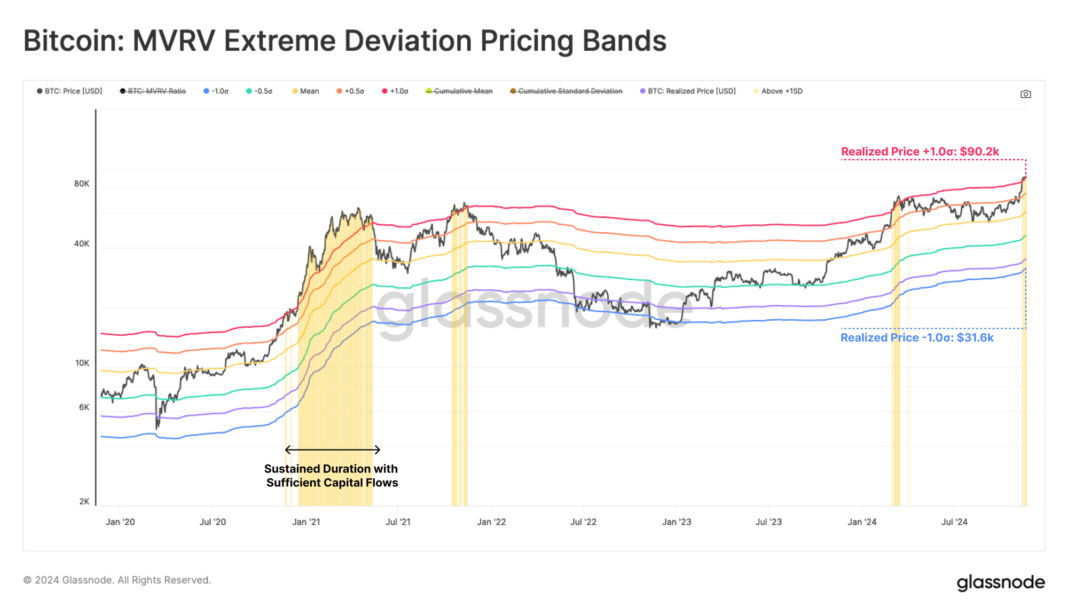Good evening. What happened in Sri Lanka last Thursday is quite thought-provoking in terms of analyzing Asian politics. My apologies for returning to the topic of elections yet again in a newsletter, but this is, after all, a major election year across the region.
It’s still a fresh memory: left-wing, anti-establishment lawmaker Anura Kumara Dissanayake winning the presidential election in September after a historic second round of counting. His party, the National People’s Power (NPP), went on to secure a landslide victory in last Thursday’s parliamentary vote, winning 159 seats — two-thirds of the total — up from just three seats before the election.
By pledging simply to improve the economy and fight corruption, the NPP garnered the support of angry voters who have grown disillusioned with the entrenched political establishment, which has long been driven by vested interests. Interestingly, many of the newly elected lawmakers have no political experience and come from a variety of professions — it is truly remarkable that the NPP managed to field so many candidates in such a short period of time.
Advertisement
The NPP’s stunning triumph contrasts sharply with the disastrous defeat suffered by Sri Lanka Podujana Peramuna, a party controlled by the Rajapaksa family, which has produced two former presidents and numerous cabinet ministers across more than two decades. The party managed to win just three seats, a humiliating plunge from the 145 it secured in 2020.
Considering that the country’s electoral system is based on proportional representation, the magnitude of this lopsided victory is even more striking. But there is something familiar about this scenario. What unfolded in Sri Lanka may not be directly comparable to the dynamics that led to Donald Trump’s return to power in the U.S., but I can’t help feeling that anti-elite, anti-establishment sentiment is gradually spreading across Asia, including Japan.
New Year’s survey
The year 2024 is drawing to a close and we’re beginning to look ahead to 2025 and what it might have in store for Asia. For our annual New Year’s survey, which we’ve conducted for the past several years, we’re asking our readers to share their predictions of what they think will be the biggest events of next year. The results of your forecasts will be published on Jan. 4 in Nikkei Asia’s first Big in Asia feature of 2025.
The survey will take around 5 minutes. Please click this link and share your predictions by Dec. 9. Thank you for your contributions.
My suggested reads
1. Southeast Asia’s relatively young corporate dynasties are assessing how best to manage the transition to the next generation of leadership in a way that both preserves family wealth and maintains harmonious relationships as the number of heirs multiplies.
2. China dominates the solar energy supply chain, with a 90% or better market share for all key components and materials. Low prices and advanced technology make its products a first choice for Asian markets looking to decarbonize without breaking the bank, and so far U.S. tariffs are doing little to loosen China’s grip.
3. Southeast Asia is bracing for potential fallout from Donald Trump’s threat of universal tariffs and a renewed trade war with China. At the same time, many economies in the region — including Thailand and Vietnam — won big during the first Trump presidency. Could there be an upside this time, too? Here are five things to know.
4. China is building financial ties with Saudi Arabia as it becomes increasingly difficult for Asia’s largest economy to access Western capital, something that could become even harder under a Donald Trump presidency. The leg up China is giving the Gulf country’s capital market is benefiting the kingdom as it pushes to transform its oil-reliant economy.
5. Oliver Chan Siu Kuen’s film “Montages of a Modern Motherhood” offers a piercing look at the universal challenges of motherhood and the effects of postpartum depression. The Hong Kong filmmaker told Nikkei Asia that she was inspired by her own experiences and wanted viewers of her second feature to see the realities of being a mom.
Through the lens
This week’s top photo pick: The “blue pond” in Biei in Hokkaido, northern Japan, is lit up on Nov. 13. (Photo by Kyodo)
Check out more of our photo coverage here.
Wishing you a wonderful weekend!
Shin Nakayama
Follow me on X (formerly Twitter) @ShinNakayama_NA
Sign up for the weekly Editor-in-chief’s picks newsletter here.
